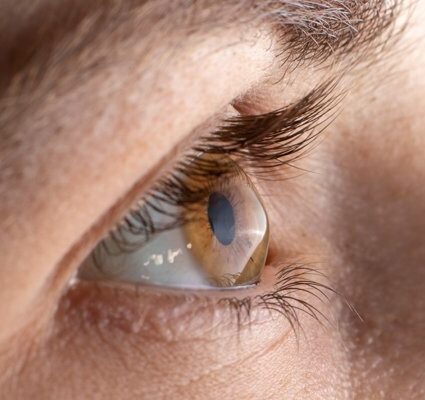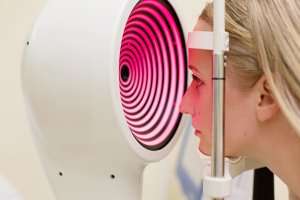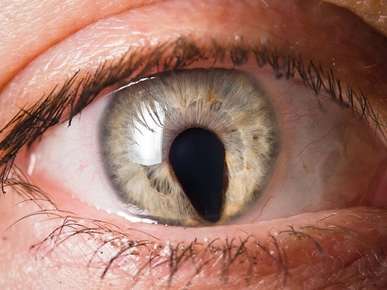
Keratoconus
If you find yourself experiencing blurred or distorted vision that seems to get worse year after year, you may suffer from an irregularity of the cornea known as keratoconus. This condition is infamous for causing astigmatism and nearsightedness that can progress rapidly, calling for constant updates to your corrective lens prescription. Fortunately, several treatment options … Continued








